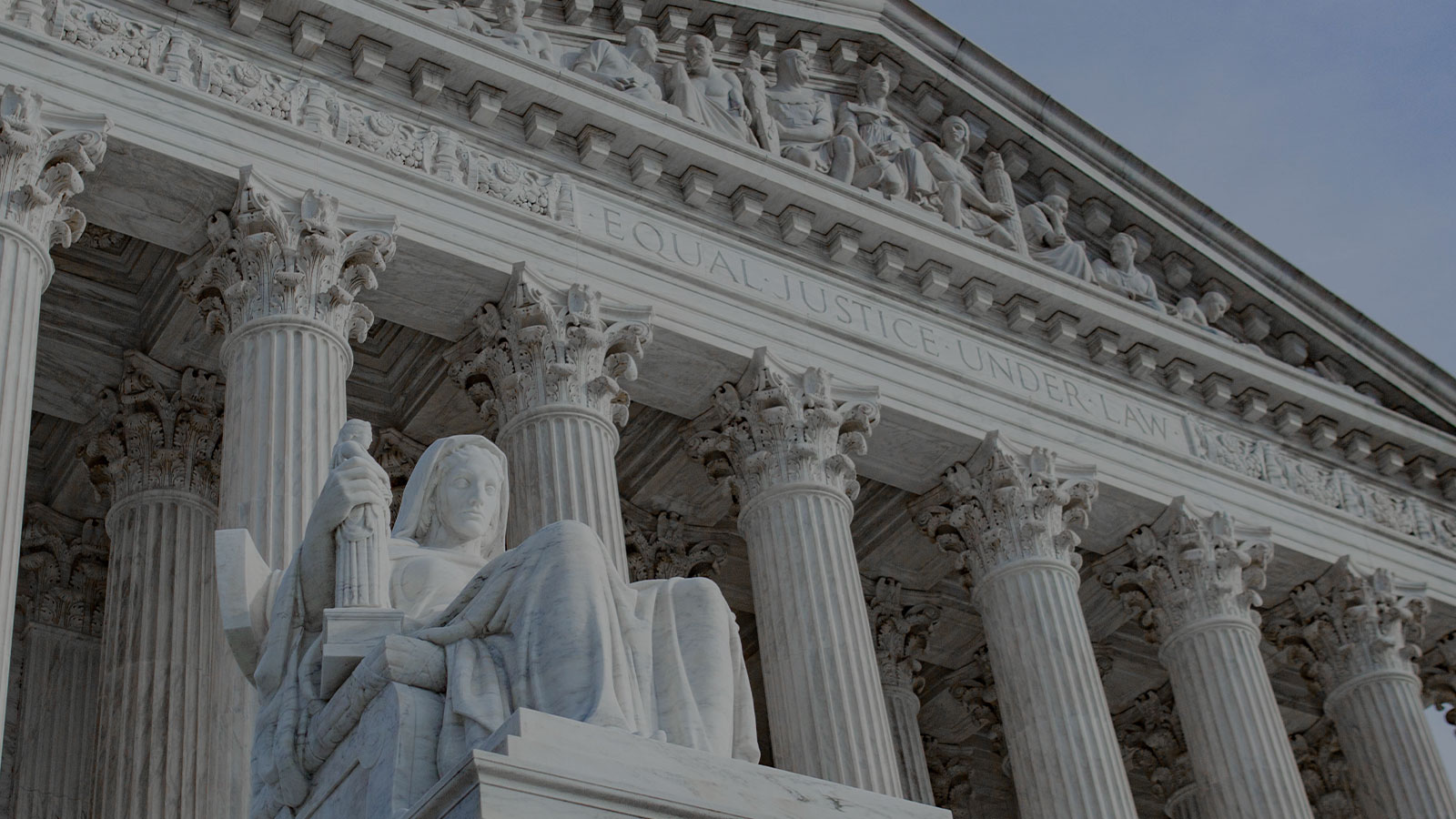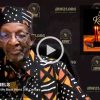The Dream of our ancestors to repair our communities and the nation is under siege– Let’s pledge to continue the fight for justice and repair
Source: National Black Cultural Information Trust
Washington, DC – Recent attacks on efforts to obtain reparations for Black communities undermine the work done by our ancestors to repair the long lasting and devastating injuries of slavery and its living vestiges. These attacks obstruct justice and the realization of Dr. Martin Luther King, Jr.’s dream of repair and the creation of a true inclusive democracy.
The movement for reparations is a movement for healing and reparatory justice for crimes done against Black communities. The backlash against community-led efforts for true justice and repair has appeared in the past couple of months in two different ways. Both reflect the different ways in which Courts are used in an attempt to deny Black reparations. First, in its June 2024 dismissal of Randle et. al. v. City of Tulsa, et. al. the Oklahoma Supreme Court proclaims that judicial reparations are impossible, and relief can only come from local or state legislatures. The Court holds that Oklahoma Courts are the wrong forum to seek relief, even though the plaintiffs’ claims—that the blight in the Greenwood District was caused by the City of Tulsa’s actions during and after the 1921 Race Massacre—fall squarely within Oklahoma’s nuisance statute. Second, Judicial Watch, a far-right special interest group, filed a class action complaint, Flinn, et. al. v. City of Evanston in May 2024. That complaint seeks to undermine legislative reparations, arguing that a legislature cannot grant relief even if it recognizes that Black communities were specially victimized by historical discrimination. In this way, the Flinn plaintiffs seek to reinstitute the injustices done to Black people in Evanston by challenging the City of Evanston’s right to legislate a Reparations program.
The Evanston program and the Tulsa case are attempts to obtain reparations for the injuries caused by slavery and its vestiges, the remaining traces of a government system that, for almost 350 years, allowed and often required Black people to be denied equal treatment, for example Jim Crow. The filing of the legal challenge to Evanston’s reparations program and the dismissal of the Tulsa case should come as no surprise. They are the most recent examples of the use of the U.S. legal system to deny reparations for the heinous crimes of slavery and its legacies that were designed to make Black people less than whites, and second-class citizens. These injustices in the past and in the present day have created enormous disparities between white communities and Black communities in every area of life. For example, homeownership and business ownership are the primary sources of generational wealth in the United States of America. Evanston and Tulsa both deal with housing and the devaluation and destruction of homes in the Black community.
Despite the backlash from those who seek to maintain the benefits whites gained from slavery and its legacies, we must continue to advocate for the removal of the “badges and incidents of slavery” as promised by the 13th Amendment. We must push back on the United States’ courts, state and federal, limiting and shutting down the legal avenues for reparations and racial justice, preventing justice and the development of an inclusive democracy.
The use of the United States’ legal system to create and support a system based on white supremacy started when the courts in the United States upheld the institution of slavery. Dred Scott v. Sanford (1857) is a noted case where the United States Supreme Court, in supporting the institution of slavery, held that a Black man has no rights that a white man was bound to respect. Even after Emancipation and the passage of the Reconstruction Amendments (the 13th 14th and 15th Amendments), the U.S. Supreme Court in 1896 in Plessy v. Ferguson denied equal treatment between the races by holding that separate accommodations were constitutional, despite being unequal. Thus, the Supreme Court legalized segregation in the United States where Black people were subjected to substandard, unequal accommodations and treatment in virtually every area of life. The United States Supreme Court’s legalization of segregation in the United States served as a model for the German Holocaust against Jewish people, the U.S. Imprisonment of Japanese Americans during WWII, and South Africa’s system of Apartheid (1948-1994).
Charles Hamilton Houston and Thurgood Marshall designed a legal strategy, as a part of the Civil Rights Movement in the 1940s and 1950s, that resulted in the U.S. Supreme Court beginning to rectify its historic support of subordination of Black people (anti-Blackness) in 1954 in Brown v. Board of Education. Brown reversed Plessy, holding that separate accommodations cannot be equal.
After Brown, the federal, state and local governments began to design and implement programs to remedy the historic exclusion and inferior treatment of Black people in many fields including education and government contracting. Less than 25 years after Brown, the Court began to backtrack on the promise of addressing unequal treatment. The Supreme Court has denied States the right to generally remedy the past exclusion of Blacks in education and business. In 1978, the U.S. Supreme Court in Bakke v. California held that California’s affirmative action program violated the 14th Amendment. In 1989, the U.S. Supreme Court in Croson v. City of Richmond held that the City could not create a program that, as a general practice, required general contractors to subcontract with a certain proportion of “minority-owned” businesses as a way to address historic discrimination against minority-owned businesses. Any requirement for subcontracting with minority businesses had to be based on first satisfying an oppressively burdensome (onerous) level of judicial review known as strict scrutiny.
Fast forward to 2023, when the U.S. Supreme Court in Students for Fair Admissions, Inc. v. President and Fellows of Harvard College held that a program to diversify the student body to enhance learning violated the 14th Amendment. The strong dissents by Justices Sotomayor and Jackson address in depth the importance of ending the significant imbalances in United States systems, in this case educational systems, that act for the benefit of whites, to the detriment of Black people. Importantly, Justice Jackson started her dissent by noting “Gulf-sized race-based gaps exist with respect to the health, wealth, and well-being of American citizens. They were created in the distant past, but have indisputably been passed down to the present day through the generations.”
Justice Jackson’s dissent provides a legal roadmap for why the Fair Admissions case was wrongly decided. Her dissent also provides the legal roadmap for continuing and increasing the advocacy for reparatory justice for Black communities as a means of making the victims of enslavement and its legacy whole, as was the goal of Dr. King, repairing the nation.
While continuing to bring cases based on the 14th Amendment, we urge attorneys to be emboldened by the dissents in Fair Admission to file cases based on a violation of the 13th Amendment to the U.S. Constitution as well. And we urge reparations activists to support these filings in defense of the Reparations Movement. In The Civil Rights Cases (1883), the U.S. Supreme Court held that the amendment makes it a duty to “eradicate the badges and incidents of slavery.” We should also be emboldened by the dissents to push Congress, pursuant to Section 2 of the 13th Amendment, to perform its duty to “eradicate the badges and incidents of slavery.” Indeed, the lawmakers in Evanston are executing Congress’s mandate to prohibit the continuation of the badges and incidents of slavery.
The state and local governmental interference with the provision of housing to Black residents addressed by Evanston and Tulsa, are badges and incidents of slavery. We call on reparations activists and movement lawyers across the country to support the people’s right to effect reparations to repair Black communities as well as the country as a whole. In the past, our ancestors faced unjust systems and ultimately prevailed. Thus, we are confident that we too will prevail.
Movement Lawyers Group in Support of Evanston and the Movement for Reparations:
Nkechi Taifa, Esq.
The Taifa Group LLC
Maynard M. Henry, Sr., Esquire
National Coalition of Blacks for Reparations in America
Adjoa A. Aiyetoro
National Conference of Black Lawyers
Co-facilitator, Reparations Committee
Supervising Attorney, Reparations Research Project
Eric Miller
Professor and Leo J. O’Brien Fellow
Co-Director, Loyola Anti-Racism Center
Justin Hansford
Professor of Law at Howard University School of Law
Director of the Thurgood Marshall Civil Rights Center
Deborah A. Jackson, J.D., Ph.D.
National Conference of Black Lawyers – Reparations Committee
Lisa Holder, President
Equal Justice Society
Kamm Howard, Director
Reparations United
Shirley Traylor
Reparations Committee
National Conference of Black Lawyers (NBCL)
Jessica Ann Mitchell Aiwuyor, Executive Director
National Black Cultural Information Trust, Inc.
The National Black Cultural Information Trust, Inc. is a nonprofit organization that provides news, information, and resources that uplifts the collective freedom of Black communities.















